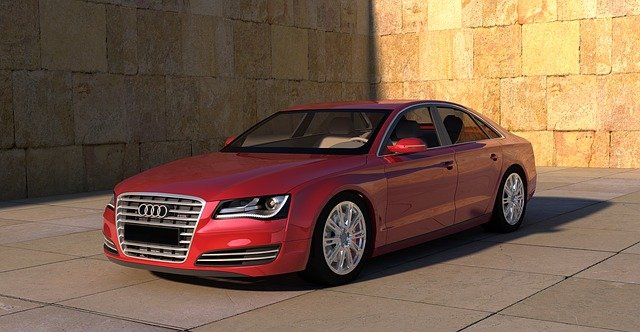Park in the Shade
Parking your car under a tree or a shaded area is considerably better/wiser than leaving it under the sun’s mercy. The temperature in a shaded area is significantly lower, which will again breathe more life into your car. Consider investing in Koni shocks to stabilize your car’s movements and a sunshade to use when unable to find a shaded parking lot.
Install Window Tint
A good quality window film/tint should help keep your car cooler by reflecting UV rays off. Your car will thus feel cooler inside than it is outside. These window films also go a long way in protecting your car’s interior from UV damage.
Invest in Window Shades
You’ll not always be lucky enough to find an unoccupied shaded part of the parking lot, especially in busy areas. Instead of leaving your car to bake in the blazing sun, investing in UV heat shields can help keep your interior cool. These window shades reflect off sun rays while maintaining temperatures inside much cooler. Although there may be plenty of generic window shades on the market, consider ordering custom-made ones for your specific car make and model.
Leave the Windows Crack Open
Leaving the windows slightly open allows air to circulate in the car, reducing the ‘oven’ effect if left in the sun for too long. Consider opening the sunroof (if any) slightly open to allow hot air out. It would be best if you didn’t leave too big a space for a stranger to reach through. Some level of alertness is also needed if you have to leave the windows slightly open, especially if the weather changes abruptly. The last thing you want is to deal with a soggy interior.
Turn on the Floor Air Vents
Most people instinctively turn the AC with the dashboard vents on high to increase air circulation on a hot day. Although this almost always works, the more efficient way is to direct air through the floor vents instead. This will help push the hot air out and blow a cool breeze too. You can open the dashboard or upper vents only after the hot-humid air has escaped.
Take Advantage of Your A/Cs Fresh Air Setting
Many modern cars have an additional ‘fresh’ air setting on their AC. This setting allows the AC to bring fresh air into the vehicle instead of recirculating the trapped air inside. Use this setting to your advantage to help push the already ‘used’ and hot air out. Blowing fresh air into the car will help hasten the cooling process and even leave your car smelling fresh.
Use a Blanket or Towel to Cover Your Seats and Steering Wheel
Your steering wheel and seats (mainly leather) are the most affected by direct sun rays and the summer heat. Covering these with a towel or blanket can, however, help prevent them from getting too hot. Consider doing this if at the beach, and you will have to leave the car parked in the sun for extended periods.
Install a Remote Starter
A remote starter helps cool the car by allowing the AC to run moments before you can get in. This way, a simple touch of the button will start the engine and the AC, keeping it cool before you can drive off. Although many newer cars have this option standard, you may have to have one installed on your older car model.
Keep an Eye on the Temperature Gauge
This is especially important when driving in hot weather. The temperature gauge lets you know the car’s engine/operating temperature. Under normal circumstances, the pointer will always be at the centre. If it starts leaning towards hot, it is advisable to pull over and turn the engine off to allow it time to cool before resuming your journey.
Turn on the Heat
As counterintuitive as it might sound, turning the heat on will help pull hot air from the engine, cooling it down in the long run. This is especially useful during long drives in summer.



